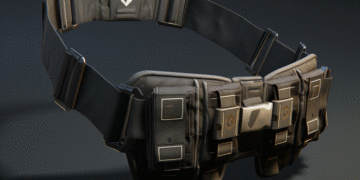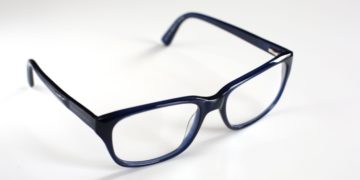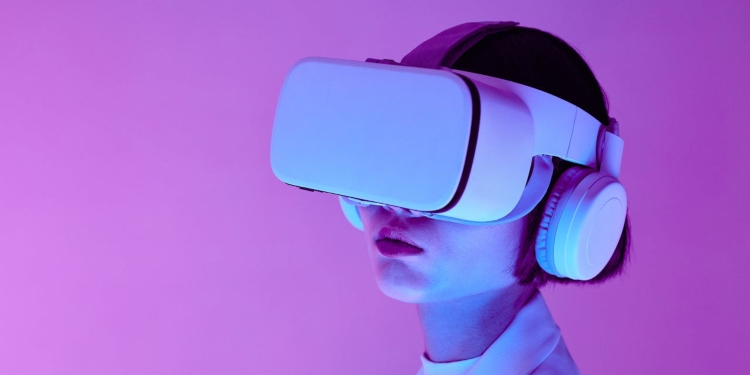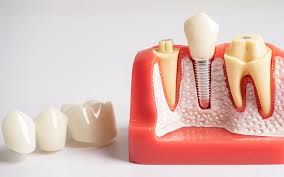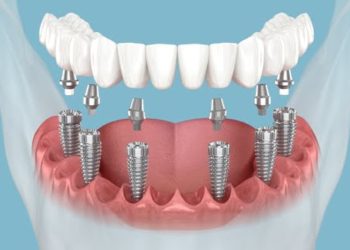Virtual reality (VR) has made significant strides in various industries, from gaming to education. One sector that stands out in its adoption of VR technology is healthcare, specifically in medical training and surgical simulations. Let’s delve into how VR is revolutionizing these areas.
Unleashing a new era of medical training
The traditional methods of medical training often involve studying textbooks, attending lectures, and watching demonstrations. While these methods have their merits, they lack the immersive and interactive experience that VR provides. Medical students can now put on a VR headset, such as the Meta Quest 3S, and find themselves in a virtual operating room, examining virtual patients, and practicing procedures.
VR headsets offer a highly immersive experience, with high-resolution visuals and advanced hand tracking. It allows medical students to manipulate virtual surgical tools and perform intricate procedures that they would typically only observe during their training. This active learning approach enhances their understanding and retention of medical procedures, preparing them better for real-life scenarios.
Revolutionizing surgical simulations
Surgical simulations have traditionally been conducted on mannequins or cadavers. However, these methods do not accurately represent the complexities and unpredictability of human anatomy. VR technology addresses this shortcoming by providing highly detailed and accurate 3D models of human anatomy.
Surgeons can rehearse complicated surgeries on these virtual models, allowing them to make mistakes and learn from them without any real-life consequences. This form of practice is not only safer but also more cost-effective, as there is no need for expensive cadavers or specialized medical equipment.
Current trends in vr medical training and simulations
The adoption of VR in medical training and surgical simulations is on the rise, and this trend is set to continue. As VR headsets become more affordable and accessible, more medical institutions are expected to incorporate VR technology into their training programs.
Moreover, there is growing interest in developing more sophisticated VR content for medical training. Medical professionals are collaborating with VR developers to create realistic simulations of rare diseases and complex surgeries that are difficult to practice otherwise.
A common misstep and how to avoid it
Despite the many benefits of VR in medical training and surgical simulations, one common mistake is to view VR as a replacement for traditional learning methods. VR is a powerful tool, but it should not completely replace textbooks, lectures, and other traditional forms of learning.
Instead, VR should be used to supplement traditional learning methods, providing an immersive and interactive learning experience that enhances understanding and retention. By striking a balance between traditional learning and VR, medical institutions can provide a comprehensive learning experience that prepares students for the challenges they will face in their medical careers.
David Prior
David Prior is the editor of Today News, responsible for the overall editorial strategy. He is an NCTJ-qualified journalist with over 20 years’ experience, and is also editor of the award-winning hyperlocal news title Altrincham Today. His LinkedIn profile is here.










